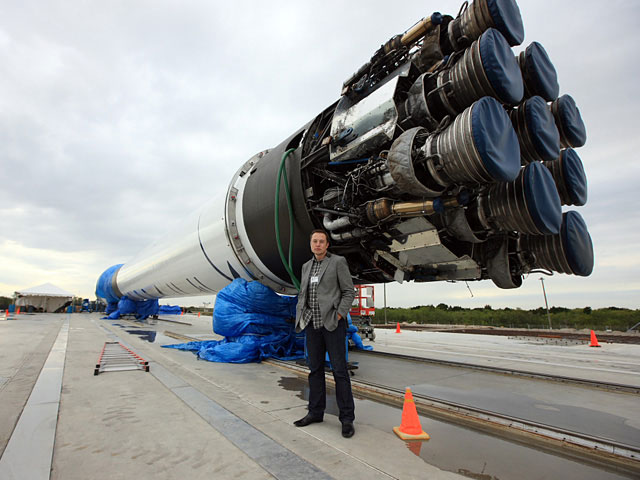
Elon Musk’s SpaceX successfully launched its second rocket in as many months on Sunday, bringing it a 10th of the way to its goal of deploying 20 to 24 rockets this year.
The Falcon 9 rocket that launched SpaceX’s Dragon spacecraft on Sunday returned to Earth soon after liftoff. SpaceX expects to launch a “flight proven”, or reused, Falcon 9 rocket for the first time this spring.
“Baby came back,” Musk wrote in a tweet on Sunday morning. The company has designed its rockets to be reused, a key part of its effort to drive down costs and make colonising Mars possible.
The launch — SpaceX’s first from historic “39A”, the storied complex at Nasa’s Kennedy Space Centre in Florida that was home to the famed Apollo missions — was the company’s second since a fireball destroyed a different rocket and its payload on a Florida launch pad in September. SpaceX, which completed just eight missions in 2016, successfully returned to the skies last month with the delivery of 10 communications satellites into orbit.
The rocket is ferrying supplies to the International Space Station. The launch was halted on Saturday about 13 seconds before its scheduled liftoff because of an issue with the second-stage engine.
SpaceX has contracts with Nasa valued at US$4,2bn to resupply the space station using its unmanned Dragon spacecraft and ultimately to ferry astronauts to the station from the US with a version of Dragon that’s capable of carrying crews. The Government Accountability Office said on Thursday in a report that SpaceX and competitor Boeing won’t be certified this year to send astronauts to space and may be delayed into 2019 because of potential safety hazards.
Musk, who is also CEO of Tesla, founded SpaceX 15 years ago with the goal of sending humans to Mars. The closely held company makes rockets at its headquarters in Hawthorne, California and has contracts to launch commercial satellites as well as fly missions for Nasa and the US military. — (c) 2017 Bloomberg LP
- Reported with assistance from Charles Stein




